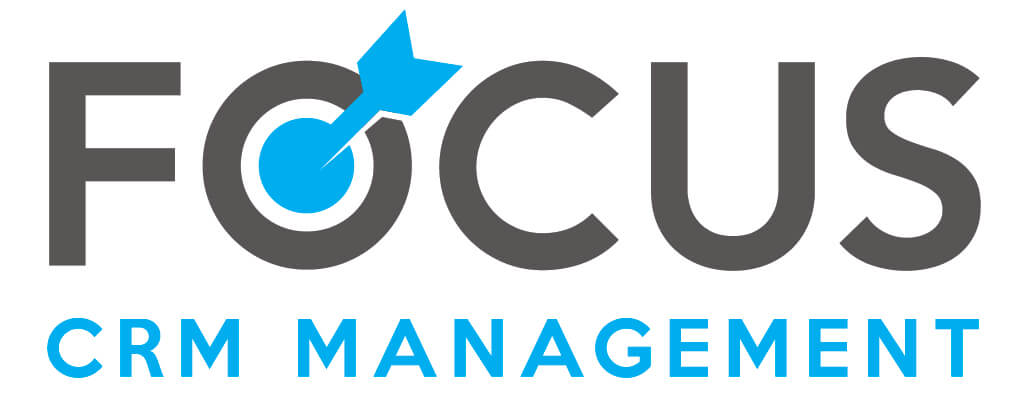After a series of build committee meetings, customizations, development and testing, your implementation partner has delivered an awesome Salesforce instance that reflects your business process. Salesforce is launched with much fanfare. Management and executives are excited to see this technology investment pay off. Users are trained on how to use the Salesforce and an administrator is given the responsibility to maintain the system.
Six months later, your users have not uniformly adopted Salesforce into their regular rhythm. They view Salesforce as an impediment to their sales process rather than an asset. There are gaps in the data that foil managements desire for visibility into the pipeline. On the executive level, it is impossible to rely on reports to make strategic decisions with any confidence.
Where did it go off the rails?
Here are the three biggest reasons that user adoption fails, even though you had a great implementation:
- Salesforce and your implementation partner sold you, not your users.
Salesforce is a massive sales organization. The focus of this massive sales organization along with the vast majority of their marketing collateral is you, the business owner or executive. No doubt, after making the decision to invest in Salesforce, you had a clear idea about how it was going to improve your business. Better visibility, better forecasting, better customer service and the ability to make strategic decisions informed from reliable data. You had an idea of what kind of return on investment these improvements would yield. Visions of record revenue numbers, scaling up or expanding the business into new territories or markets.While these things are exciting and true benefits to organizations who have executed Salesforce well, these reasons appeal to you and not your users. They don’t care because you are asking them to take on what they perceive as an additional burden, so that you can receive an additional benefit. You are asking them to lose, so that you and the company can win. Throughout the decision-making process and all of the build meetings and training, your users are shown “how” to use Salesforce rather than “why”. If your users really believed that Salesforce was going to help them achieve their own goals, then adoption would not be an issue.
- You have an internal administrator who is managing the system and making updates, but nobody is proactively engaging your users.
Most administrators have a different skill set than that of an effective coach. When an administrator is assigned to a Salesforce instance, they have the technical knowhow to keep the org current with updates and make customizations as the need arises. They will be responsive to issues and user complaints, but rarely are they looking at the big picture and engaging users proactively to work with them on their level and drive them to improve.A coach will motivate users in a way that an administrator typically does not. They provide the “Why?” as outlined in the first reason above. They will make the business case from the users perspective, and work with the individual on strategies for building good Salesforce habits into the rhythm of their natural work day.Without the individual attention, focused on motivation and practical solutions for when and how to use Salesforce, adoption slips after the initial excitement of launch wears off and your users begin to feel that they are trading valuable selling time for administration that they don’t benefit from. - Salesforce is not the system of record. Your management is not running meetings based on Salesforce reports and data.
The tone for a successful Salesforce adoption needs to be set from the top. Managers and executives need to be engaged, and users need to see how important Salesforce is to the organization. Salesforce needs to be prominent in meetings, and present in all of your conversations with your users.In order to do this, managers and executives need to be trained on how to access and investigate Salesforce data. Someone should be equipping you and your management team with insights into the data from Salesforce, updates on how users are performing and any issues or recommendations for improvements proactively. Only someone who is proactively engaging your user base on a regular basis is going to have these insights.
Some people think of Salesforce like a fridge, when in reality it is more like a car. A fridge pretty much sits there and keeps your food cold. It doesn’t need a lot a maintenance, you keep it clean and it works until there is an issue and you need to get it fixed. Salesforce is more like a car in that there is regular maintenance required. Oil changes, air filters and given enough miles, timing belts, tires and brakes. I believe most people have come around to understanding Salesforce this way, and it is why administrators have risen in their value and importance, and rightly so.
However, Salesforce isn’t just like a car, your users are like 16-year olds who just got their learners permits. Most organizations pay a premium for a luxury car (Salesforce) and hire a mechanic (administrator) to keep that car running smooth, but neglect to hire a driving instructor to teach their users how to drive and why driving responsibly is important! Companies with Salesforce orgs that are mired in adoption issues are most often the ones that have flipped their 16-year-old the keys to the Lambo and are surprised when they have backed into a pole.

